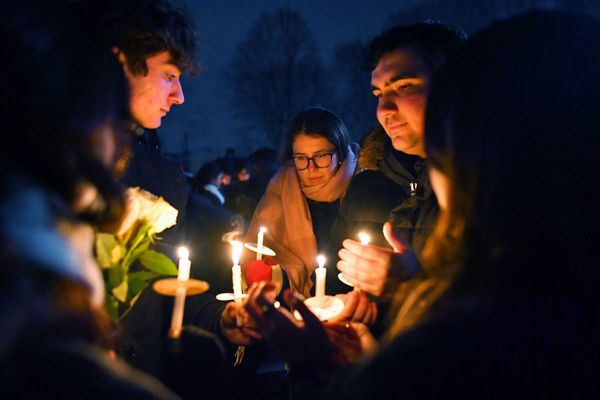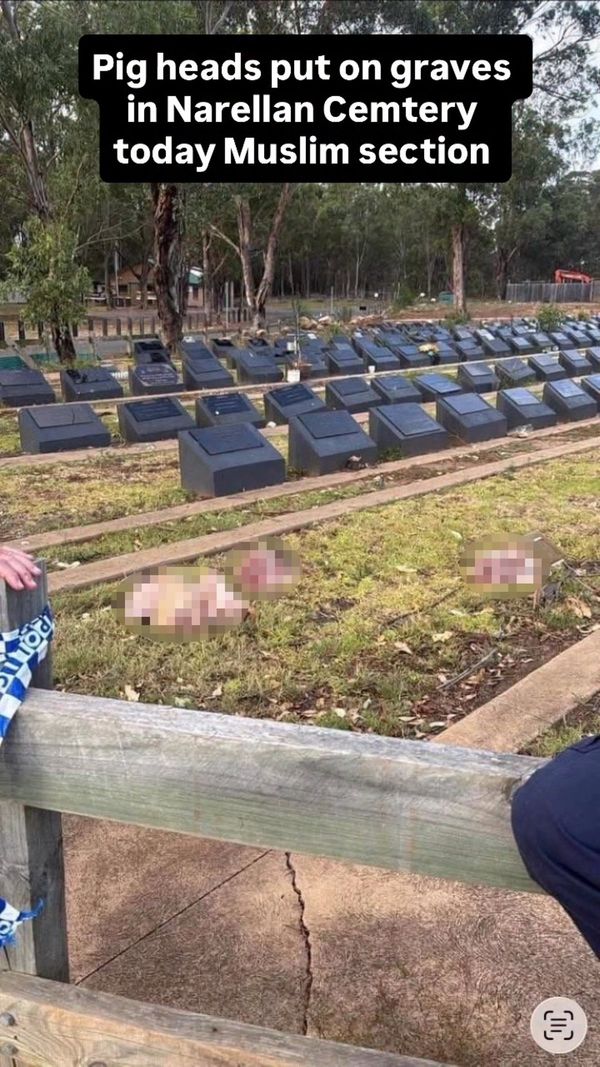
“There are so many mysteries.” Talking to Lewis and Richard Edwards-Middleton the day after a visit to Stonehenge, you get a sense that it’s the wonder of the place that lingers. The couple behind Two Dads in London are known for sharing their adventures as a family on social media. They had just spent a day out at Salisbury Plain’s famous stone circle with their nine-year-old son and six-year-old daughter*. They’re clearly struck by the fact that even after 4,500 years the enigmatic arrangement of giant stone slabs – a masterpiece of engineering – is still prompting as many questions as answers.
The monument was an important site for Neolithic people, this we know, but its precise purpose is still the subject of debate. Theories as to Stonehenge’s function include being a giant sundial, a calendar, a kind of ancient computer and even a portal – but more on that later. The hypothesis that English Heritage (custodian of Stonehenge) believes to be the most likely is that the stone circle was some kind of temple, given its alignment with the movements of the sun at the solstices.
This stone circle is just the start of what awaits at Stonehenge, however. “The stones are a focal point of something much bigger,” says Richard. It is part of a series of connected sites across Wiltshire where Neolithic people lived for millennia. But while the site’s history is ancient and its designers, builders and original users are long gone, its history continues to live and breathe. Our understanding of it is still evolving, and it’s a place where visitors and volunteers keep its legacy alive through learning. “I think that’s the fun with history. We only really know what we know at the minute. We might find something else out in 10 years’ time,” he says.
But there’s plenty beyond the mysteries of the site itself to inspire wonder in younger visitors. Whether it’s comparisons of the upright stone slabs that make up the circle to Lego bricks in the visitor centre or the replicas of Neolithic homes, complete with wooden or woven furniture, just outside the centre. You can also experience Stonehenge through the seasons in an immersive digital space, which Lewis and Richard’s daughter “didn’t want to leave”.
For the Edwards-Middleton family, relating the history of Stonehenge in ways that make sense to kids is something the attraction and its volunteers do really well. One linked pickaxing for flint to mining in Minecraft. Another knew all about Who Let the Gods Out?, a book series by Maz Evans that Lewis and Richard’s son had read at school, featuring a Stonehenge-style stone circle as a portal. “I think that the volunteers had a training course in all of the questions that could potentially be asked by a nine-year-old,” says Lewis.
The visitor centre and replicas of Neolithic homes are full of objects that bring the era to life
Tactile experiences also help bring something from the ancient past right into the present, whether it’s the example of the deer antler the prehistoric people used as pickaxes, or the opportunity for kids to see if they can shift a replica of one of the stone circle’s huge and heavy sarsen stones. “I think our son thought … because he watches a lot of the history stuff on King Arthur, ‘What if I actually move the stone?’” says Lewis.
While the family spent a whole day at Stonehenge, there are different itineraries to suit, depending on how much time you have, such as a two-hour or half-day visit.
Despite their trip to Stonehenge being in the Easter holidays, the Edwards-Middletons were surprised by how uncrowded it felt. “You can go some places and it’s so busy that you’re like: ‘Oh no,’ especially because our daughter doesn’t have a great attention span – she has some learning difficulties. We didn’t feel that at all,” says Lewis.
The Two Dads in London were lucky enough to plan their trip for when the sun was shining, which meant they could take full advantage of the site’s picnic area and ice-cream van. Visitors can bring along their own picnics, or stop by the cafe where food is handily served in picnic-ready packaging.
Activities include the chance to see if you can move a replica of one of the circle’s huge stones
The one thing Stonehenge doesn’t have? A playground – something that’s a deliberate omission (though it does have a temporary Playhenge workshop from 23 May to 2 June). As Richard says: “If there had been one, it would have been: ‘Let’s go to the playground.’ That kind of deletes their interest.” The lack of a playground gives kids the message that Stonehenge itself is a place of play and exploration. “Their playground was pulling the stone, the Neolithic houses,” he says.
But it’s not all play. The trip to Stonehenge gave their son the opportunity to put some of the history he’s been learning at school into context. Lots of kids learn about the Egyptians and the feats of engineering and construction behind the Great Pyramids of Giza, but the archaeological marvel of Stonehenge is just so easy to get to, says Richard: “For our son to be completely mesmerised by this really old set-up in England is amazing, because it only took us an hour and 10 minutes to get there. And he’s like: ‘What? This is so close to us!’”
* Names withheld for privacy
To find out more about Stonehenge and its many mysteries, book your visit here







